The Great Northern Road Trip Series - Part 6
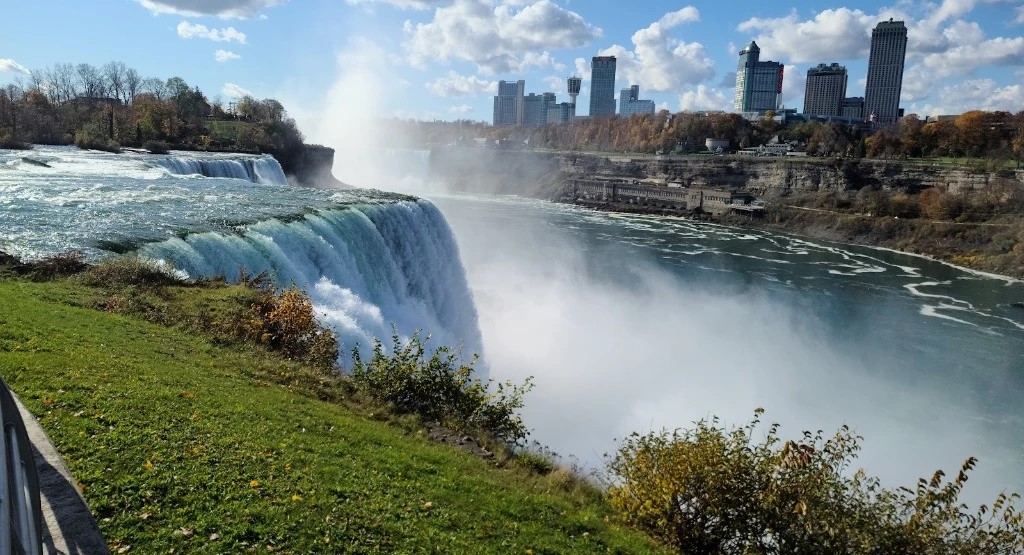
We’ve now traversed about 1,600 miles of the United States from Spokane to the stunning Hiawatha National Forest. From here, we’ll make our way from the unforgettable Great Lake State all the way to lovely Rochester, New York. The easier way to travel this stretch is by heading south and cutting through Canada near Toronto, so be sure to have your passport ready! If not, you can of course continue south into Ohio and then east through Pennsylvania until you reach our last states of New York, Vermont, New Hampshire, and Maine. We don’t currently have any Canadian destinations up on Go Wandering (yet!), but we’ll only be in the country for a few short hours and have made sure to include plenty of truly wonderful stops to make along the way to our final states of this memorable trip we’ve mapped out.
Best Stops from Hiawatha National Forest to Rochester, New York
Headlands International Dark Sky Park
The Headlands were founded in the late 1950s. The Park encompasses approximately 550 acres of natural woodlands, more than two miles of unspoiled Lake Michigan shoreline, and numerous nearly extinct plant species. Visitors to the Headlands may encounter bald eagles, osprey, whitetail deer, wild turkeys, coyotes, and, on rare occasions, a black bear. Hikers, bicyclists, cross-country skiers, and wildlife photographers are guided by marked nature routes through the park as the seasons change.
In 2011, Headlands was named one of the world's first ten International Dark Sky Parks, a prestigious title awarded by the International Dark Sky Association in Tucson, Arizona, following a rigorous application and approval procedure.
Sturgeon Bay Nature Preserve
The Sturgeon Bay Ship Canal Nature Preserve, which is located within Sturgeon Bay's city borders, is as environmentally diverse as it is picturesque. Sand dunes give way to a forested environment where towering white pines, hemlocks, and crimson maples carpet old coastline ridges as you approach the ocean. Strawberry Creek rises from a huge cedar marsh to the west and meanders its way to the waters of Sturgeon Bay. A sand ridge on the preserve's northern perimeter provides spectacular views of two ancient lighthouses and the ship canal's entrance below.
This park is home to critically endangered such as dune thistle, dune goldenrod, dwarf lake iris, bald eagle, Caspian tern, and osprey. It is also one of the most important resting areas for migrating neotropical birds in the region.
It was previously a popular Native American portage route connecting Lake Michigan and Green Bay. European immigrants began building the 7,400-foot canal that permanently connected the two bodies of water in 1872.
Hartwick Pines State Park
Hartwick Pines State Park is the largest on the Lower Peninsula, with 9,672 acres of gorgeous landscapes. The park's rolling hills, formed by old glacial deposits, overlook the valley of the AuSable River's East Branch, four tiny lakes, and unique timber areas. The park's main attraction is the 49-acre forest of Old Growth Pines which lends the area its name. This forest highlights the fact of Michigan's past prominence in the pine timber industry as well as a great inspiration for our forests' future. The park is rich in visual splendor, and the various habitats it includes provide enough subject matter for the sportsperson, photographer, or naturalist throughout the year.
Pine River Nature Center
The Goodells County Park is very next to the nature center. The St. Clair County Regional Educational Services Agency owns and operates it (RESA). The nature center is spread across 80 acres of mature hardwood woodland, wetland, and prairie. The Pine River's meandering course has carved steep ravines that provide magnificent vistas of the floodplain below. The forest floor is covered in a beautiful spring wildflower show in May and June, including trillium, mayapple, and wild geranium. The Pine River Nature Center offers approximately three miles of trails that are open to the public from dawn to dark every day. Scouting and public programs are also available.
A treehouse at the property's center is approachable to everyone, including those in wheelchairs and those with other mobility challenges. At its highest point, the structure rises roughly 22 feet above the ground. The treehouse is part of the countywide "Access to Recreation" initiative, which is supported by the St. Clair County Community Foundation, the W.K. Kellogg Foundation, the RESA, and other donors.
Lighthouse Beach & Park
Lighthouse Park is located at the southern end of Lake Huron, where it merges with the St. Clair River. One of the few beaches in the Port Huron vicinity is Lighthouse Park. Swim in Lake Huron while freighters pass beneath the Blue Water Bridge. The park is named after Michigan's earliest lighthouse, which is also the state's oldest currently in operation. It’s truly a beautiful beach with calm waters, shallow parts for playing or relaxing, and excellent shelling. You'll also witness many dolphins jumping straight off the beach. You can go to quieter portions of the beach if you are ready to walk a little.
Sharon Creek Conservation Area
Sharon Creek contains 88 acres of water as well as 32 hectares of forests, grasslands, wooded ravines, a small wetland, and a tallgrass prairie. The 6-acre tallgrass prairie is Middlesex County's largest publicly accessible property. Many visitors enjoy picnicking, birdwatching, hiking, fishing (bass, pike, and walleye), and canoeing.
Springer Lake (the reservoir) was created as a result of the Sharon Creek Dam's construction. Daniel Springer, an early Delaware pioneer, was honored with the lake's name. Bass, pike, and walleye are among the fish species.
The Sharon Creek Dam was developed largely to boost groundwater levels and deliver municipal water to the Delaware region. The dam and reservoir can also be used to manage flooding, but this is not its primary purpose.
Niagara Falls
It's obvious to see why many people regard Niagara Falls to be one of the world's greatest natural wonders. Or why, over the years, it has been the site of some fantastic daredevil antics. Your jaw will drop the moment you see the massive Niagara River roaring toward a 188-foot cascade at 20 to 30 (and up to 68) mph. The river's rapid flow creates a hazy fog and an audible roar heard from miles away. Crowds go to the railings at the top to feel the mist on their faces. Boats, platforms, and observation decks sustain colorful poncho-clad tourists as you follow the water's route below.
Niagara has evolved as a travel destination over the years. Aside from the breathtaking waterfalls, there is a high concentration of quickie wedding chapels and neon-lit motels. However, meandering around the neighboring Inniskillin Winery's ice wine vineyards, as well as appreciating the beautiful landscape at the Niagara Parks Botanical Gardens, is genuinely romantic. So, climb in the two-seater with your special someone or stuff the minivan with your family and experience a magnificent trip to the majestic Niagara Falls.
Sunken Garden at Warner Castle
Take a stroll down the grassy lawn behind Warner Castle. There, you'll find the Sunken Garden, a tranquil haven at any time of year. Alling S. DeForest, the Eastman Estate's landscape architect, added it to the site in 1930. Highland Park includes Warner Castle and its Sunken Garden, which are located on the corner of Mt. Hope Avenue and Reservoir Avenue. Start at Lamberton Conservatory and go down Reservoir Ave, passing South Ave and heading toward Mt. Hope Ave. The garden can be found by walking around the back of the castle and down the grass. It's the ideal place to get away from the crowds at the Lilac Festival.
This finalizes part 6 of the northern journey from opposite sides of the US. We only have one more leg now until we reach our destination, but we hopefully can all recognize by now that it’s never about ending the journey but enjoying all the beautiful and magical moments that happen during it. There is simply so much to see out in this big blue world of ours and we will continue to bring you along as we discover even more of our countries’ greatest gems.

Want to plan your next epic road trip?
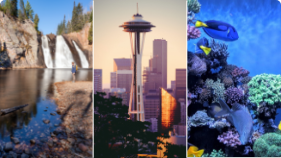
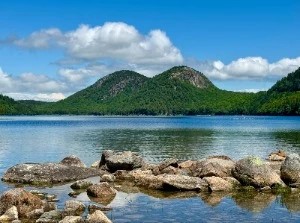
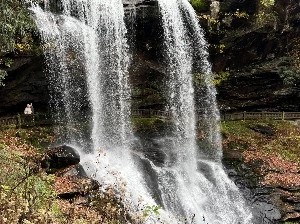



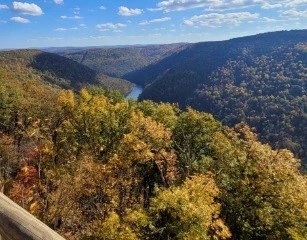
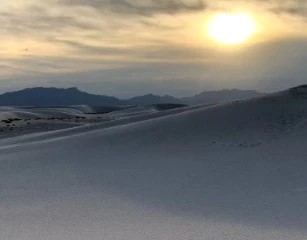





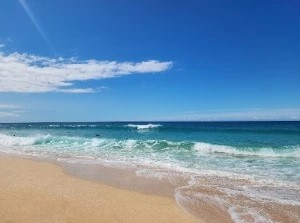
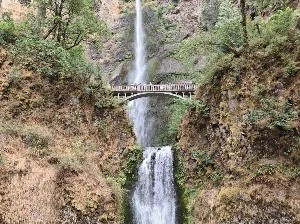

Report a comment
Please let us know why you want to report the comment from this user:
Thank you. Your report will be reviewed soon